ANGKOR (Day 17 - part 3)
Banteay Kdei (Citadel of Monks' cells) is a Buddhist monastic complex built by Jayavarman VII. It was occupied by monks at various periods over the centuries until the 1960s.
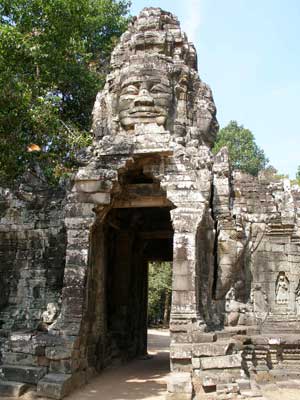

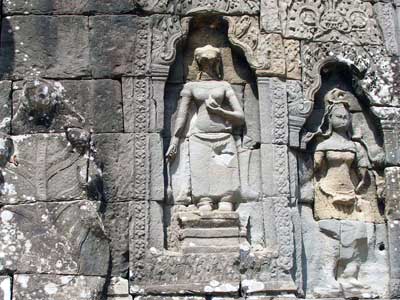
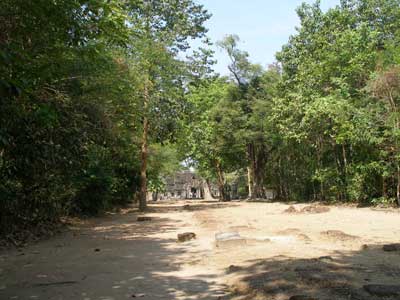
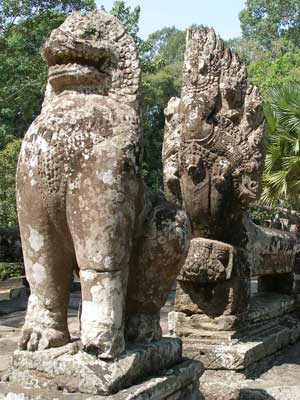
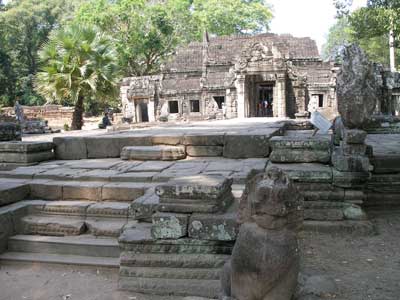

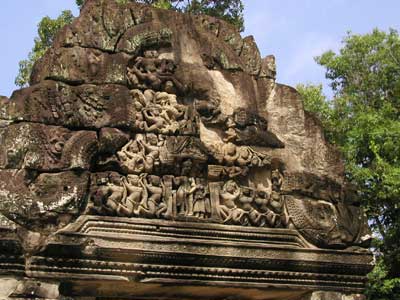
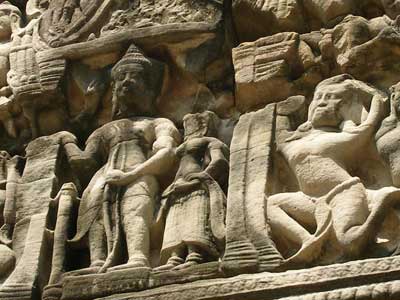
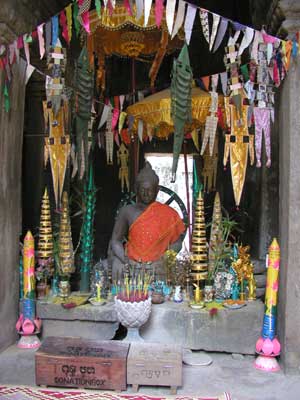

A small shrine
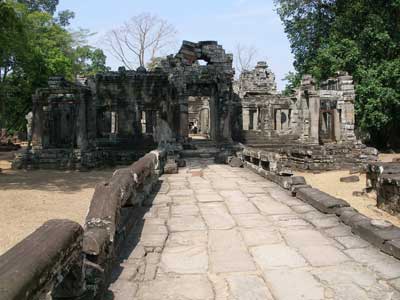
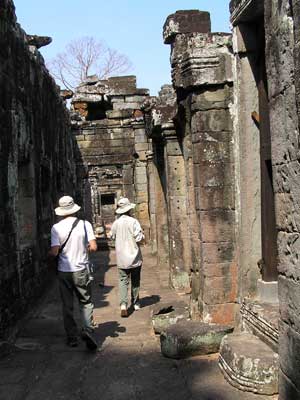
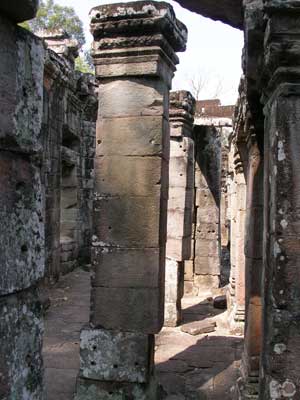

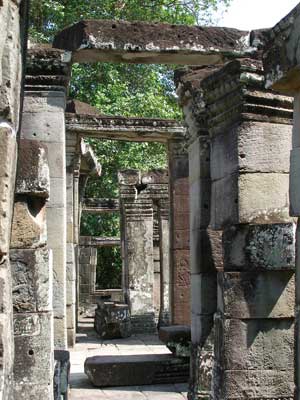
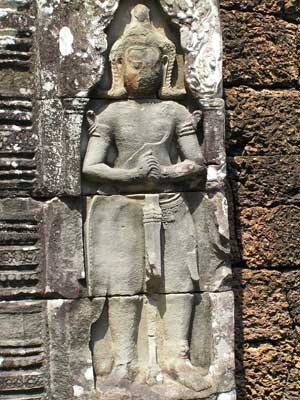
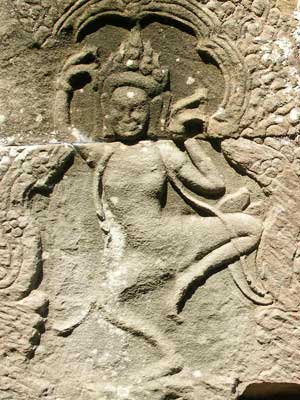
The guy on the left is a Dvarapala or armed guardian. They are usually found in pairs, one on either side of a gate.
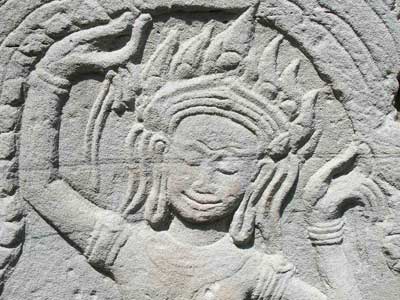
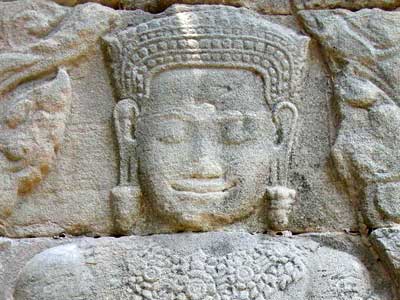
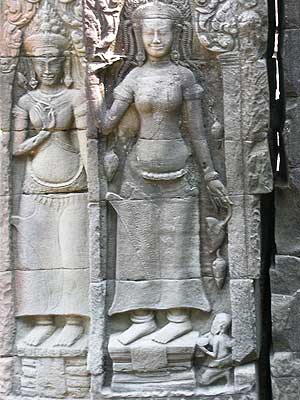
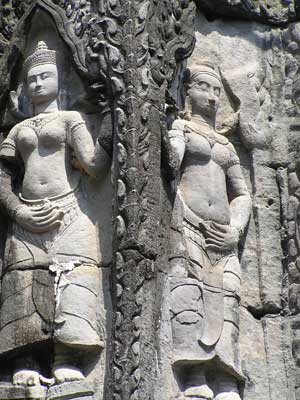
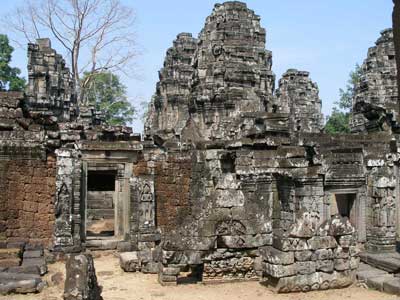
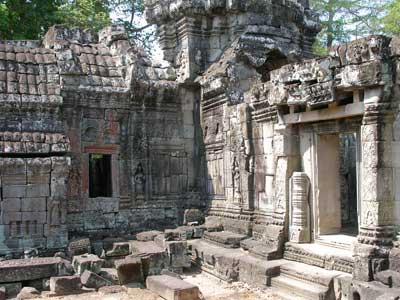
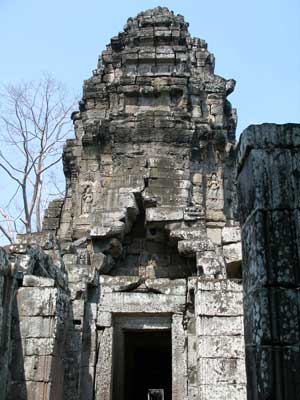
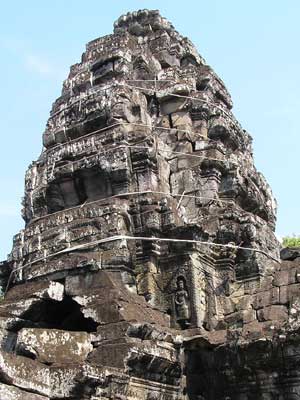
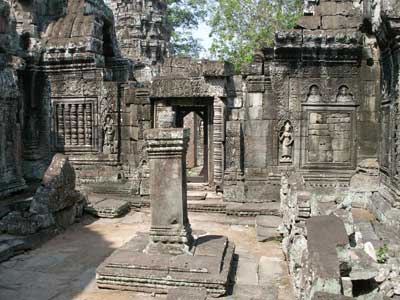
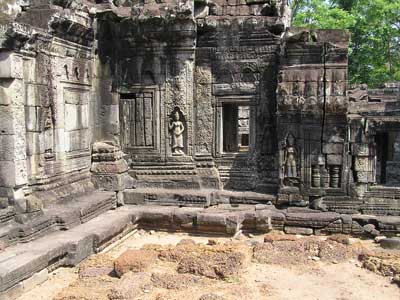
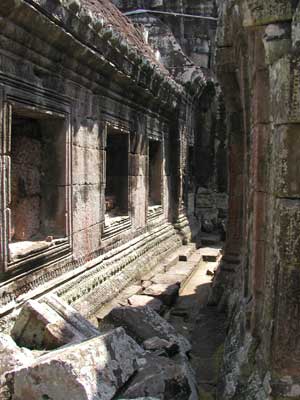
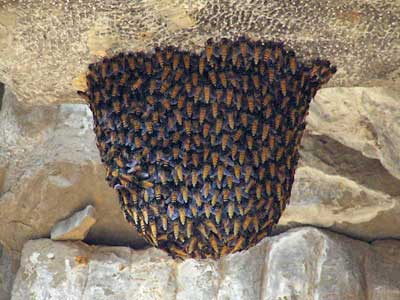
A massive bee colony!
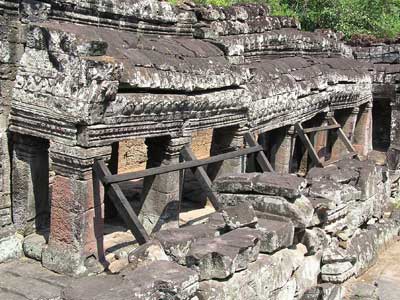

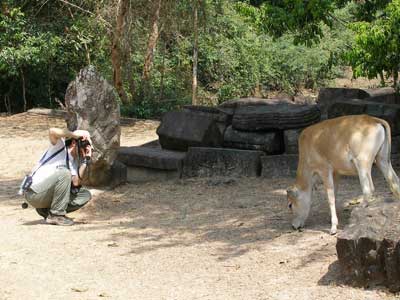
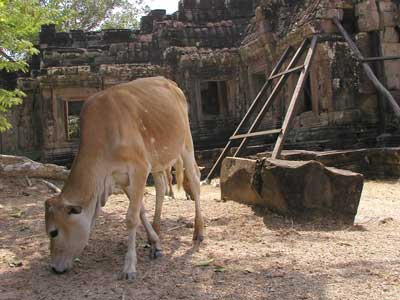
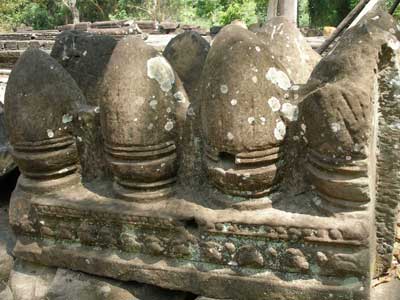
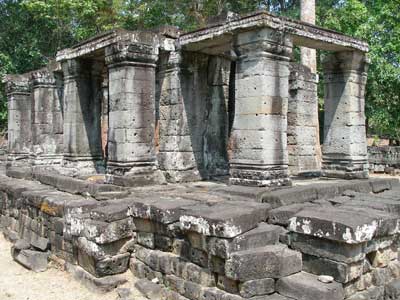
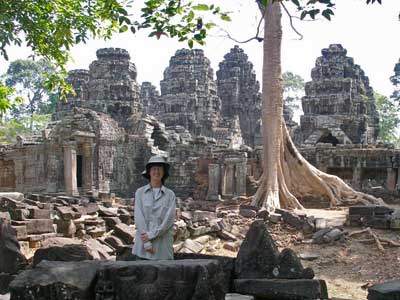
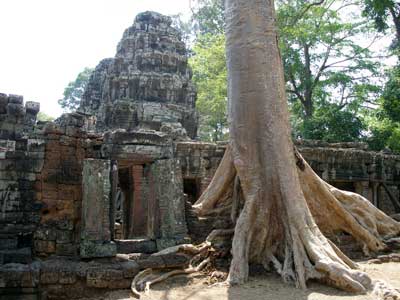
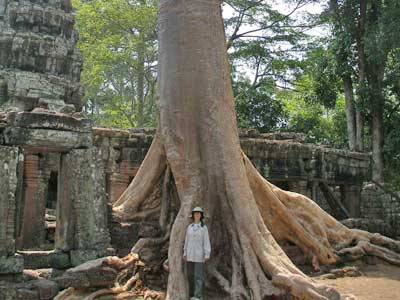
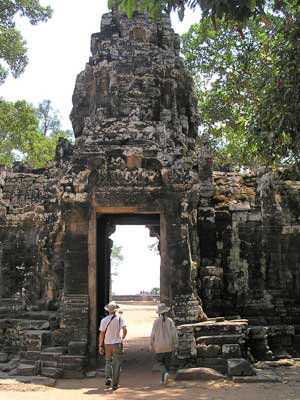

We walked across the street to the reservoir (baray) of Srah Srang. It was dug in the 900s and modified around the year 1200.
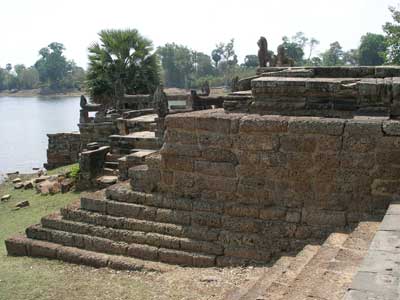
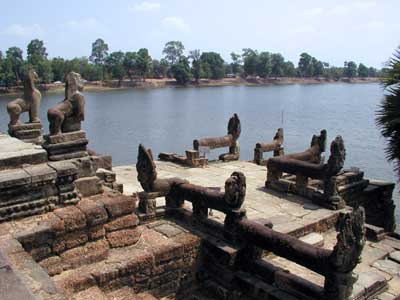
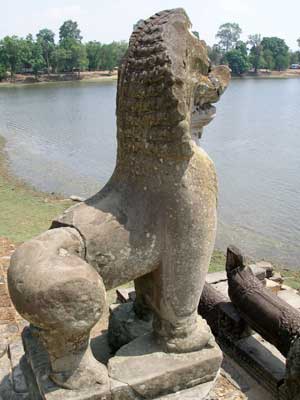
Chetra brought us back to town for some lunch... and a break from the highly aggressive vendors.
At 1:30, we set out again, this time to Roluos Group (named after the nearby town of Roluos). Once a capital of the Khmer Empire (called Hariharalaya), it contains some of its earliest permanent, dating from the late 800s. Some were totally built with bricks,. Others also contained laterite (a reddish clay material) and/or sandstone.

We started with Lolei. This was the last of three Hindu temples built as part of the city. In 893, King Yasovarman I (this was the infamous Leper King from the previous day in Angor Thom) dedicated it to Shiva as well as to his ancestors... one for his grandfather, for his grandmother, his father, and his mother.
After King Jayavarman II founded the Khmer empire and established his capital here, he died in 835. His nephew, Indravarman I, ascended to the throne. He started building these temples. After his death, his two sons battled for the throne. Yasovarman won.
He then basically built this last temple and moved the capital city to where it remained for 600 years (Angkor, specifically the temple of Phnom Bakheng, located between Angkor Wat and Angkor Thom). Called Yashodharapura, this new capital could be all his.... not crowded with temples from those previous kings... all two of them (well, there was one and maybe even two others, but the records aren't super clear. Either way, they didn't do very much). That said, it was also closer to the river and he could build a huge reservoir (East Baray).
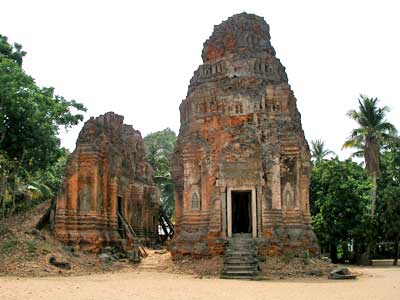
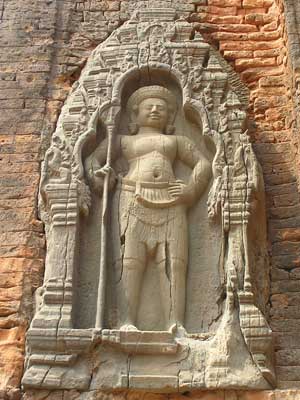

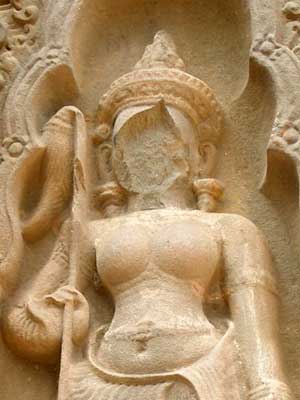
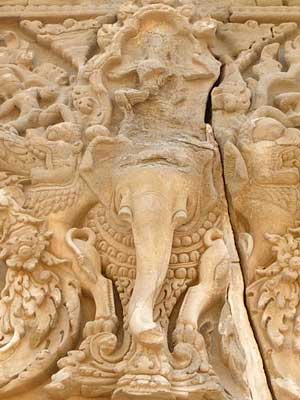
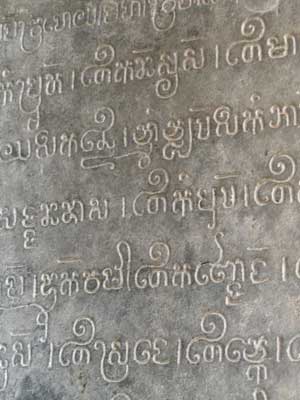
Next door was a wat.
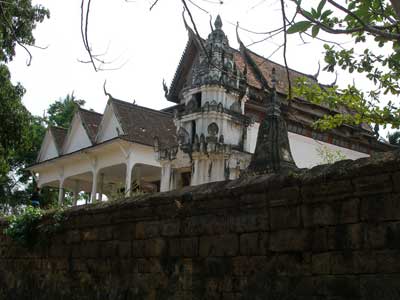
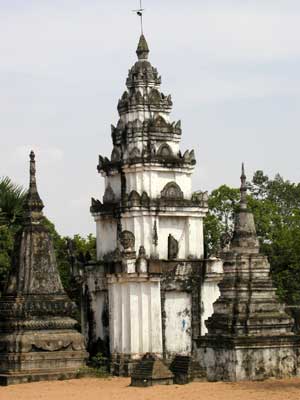
The Hindu temple of Preah Ko (Sacred Bull) was built in 879 by Indravarman I. The temple was dedicated to Shiva, whose companion is the white bull, Nandi.
The six brick towers arranged on a low platform in two rows are dedicated to three of his relatives (his uncle Jayavarman II, his father Prithivindreshvara, and his grandfather Rudreshvara) and their respective wives.

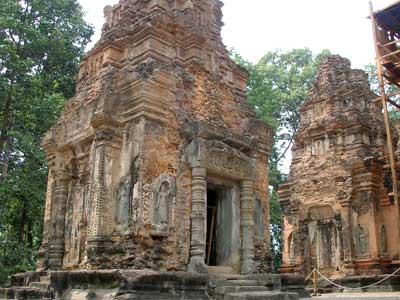
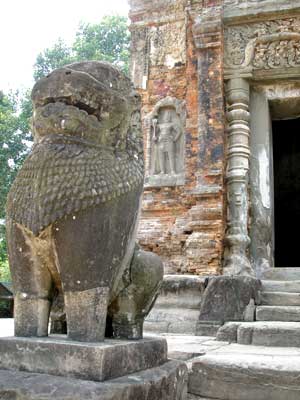


The bulls that give the temple its name.


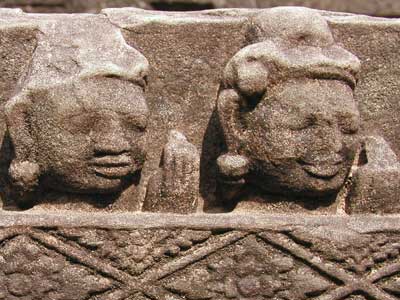
return • continue

